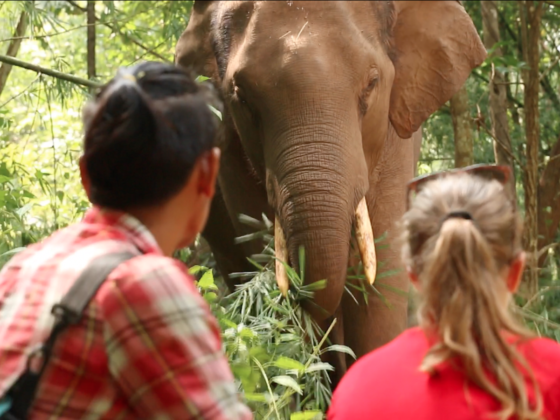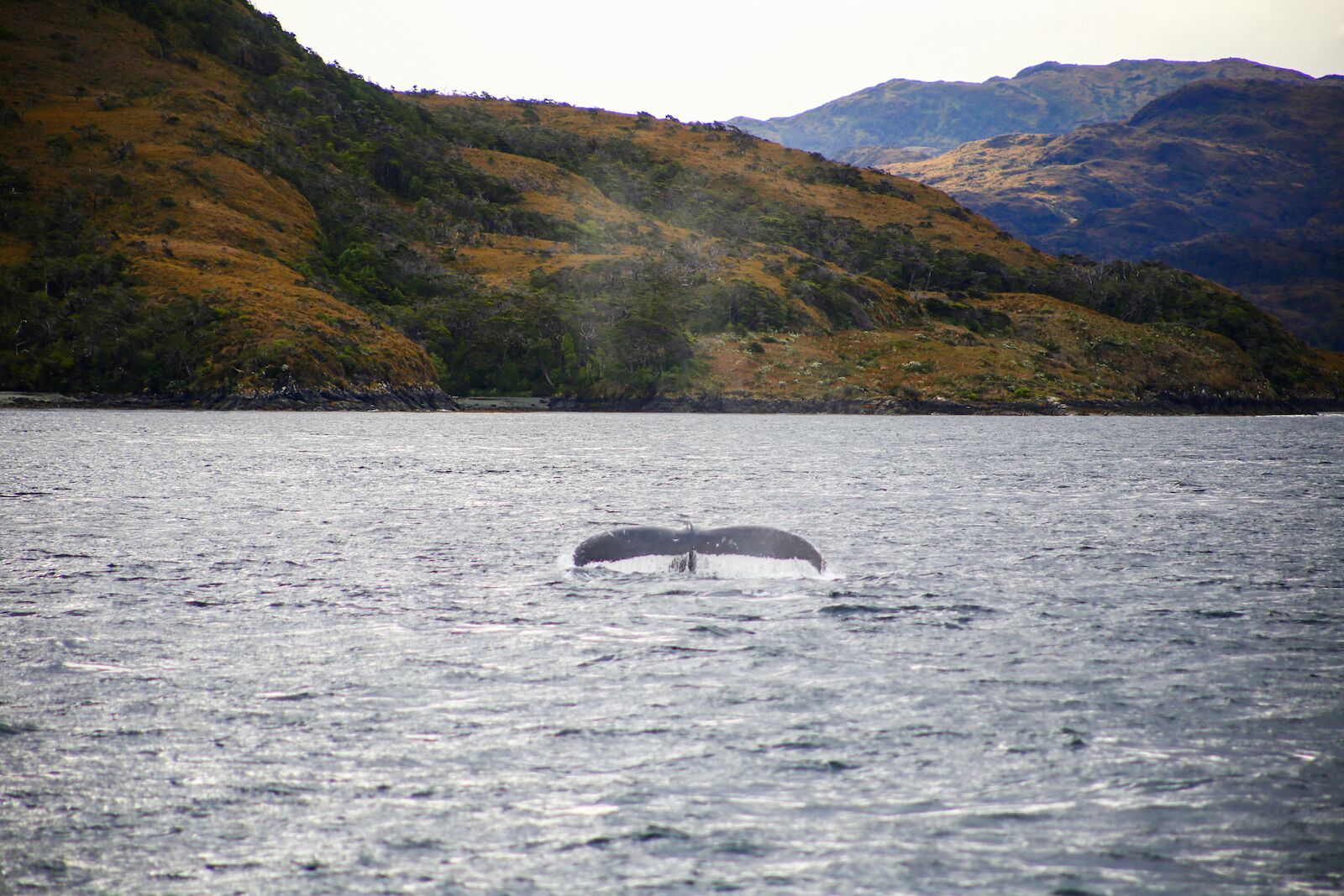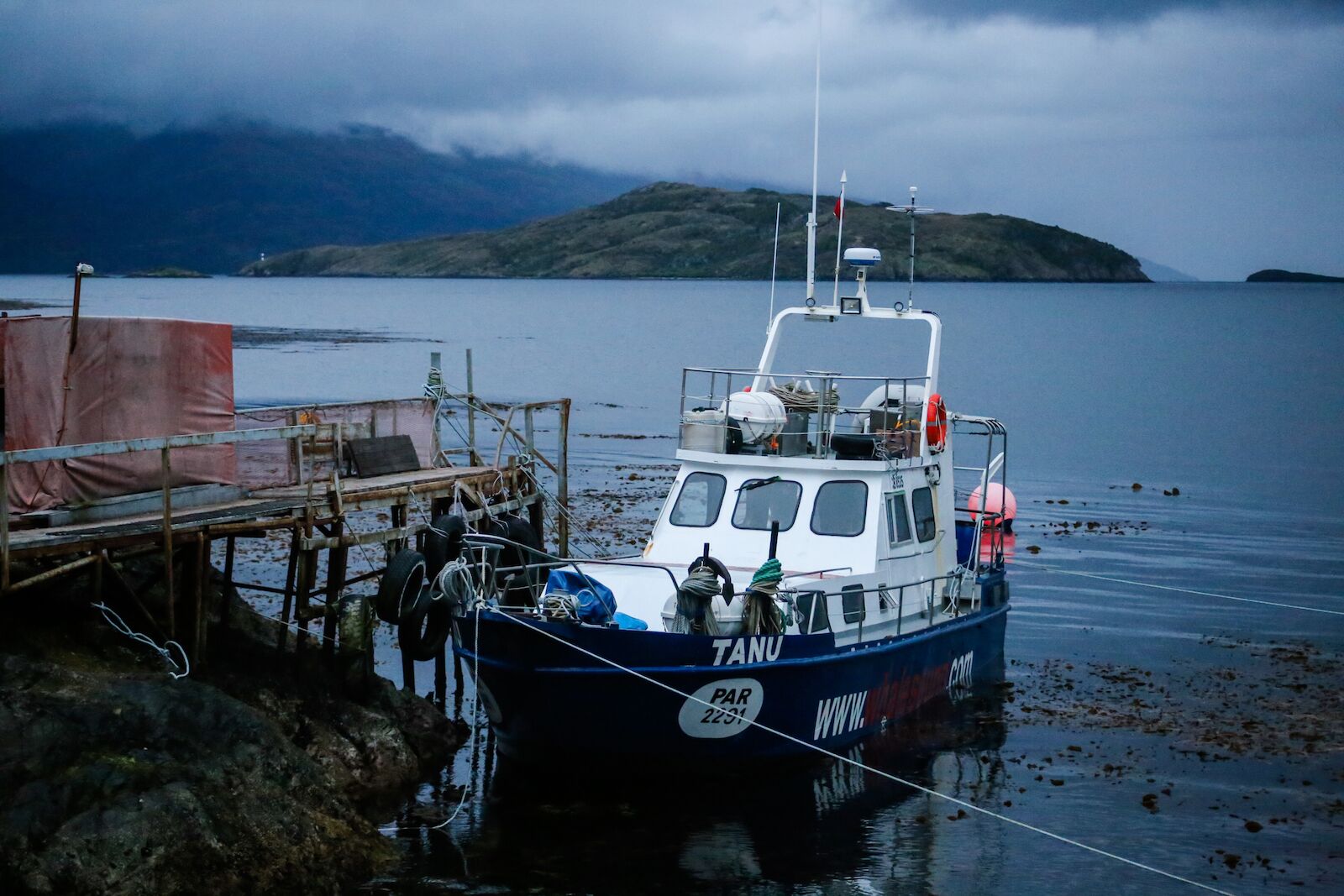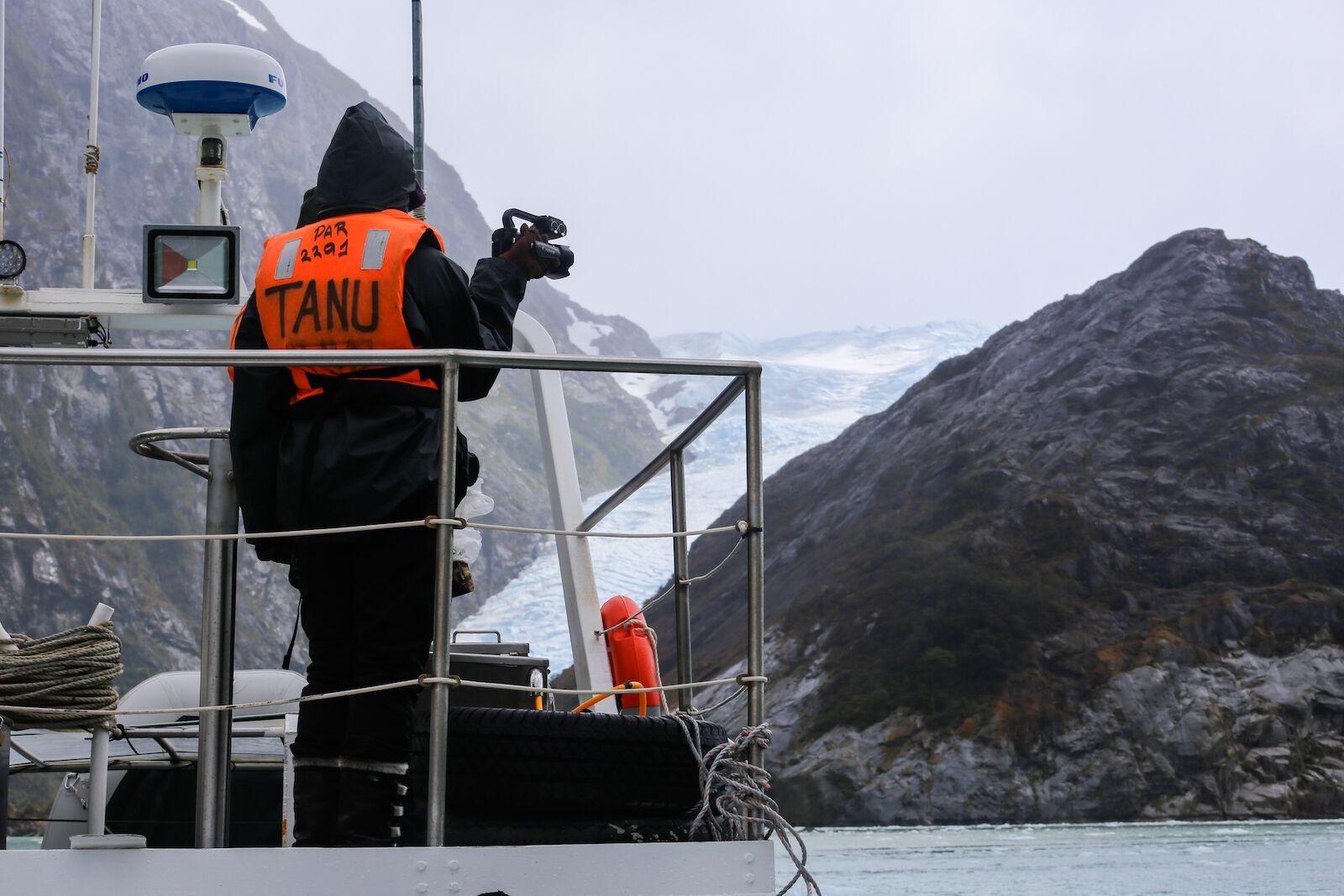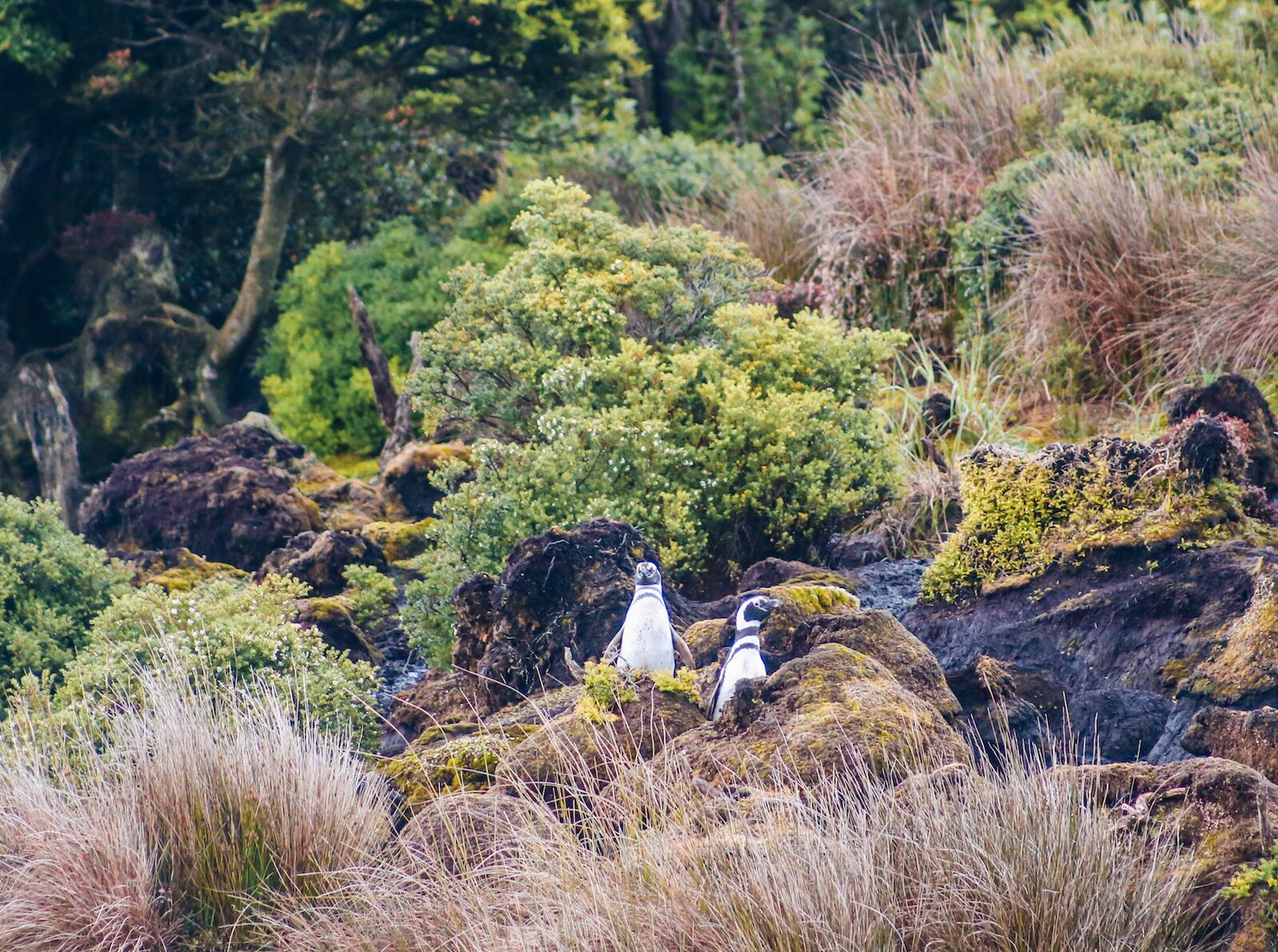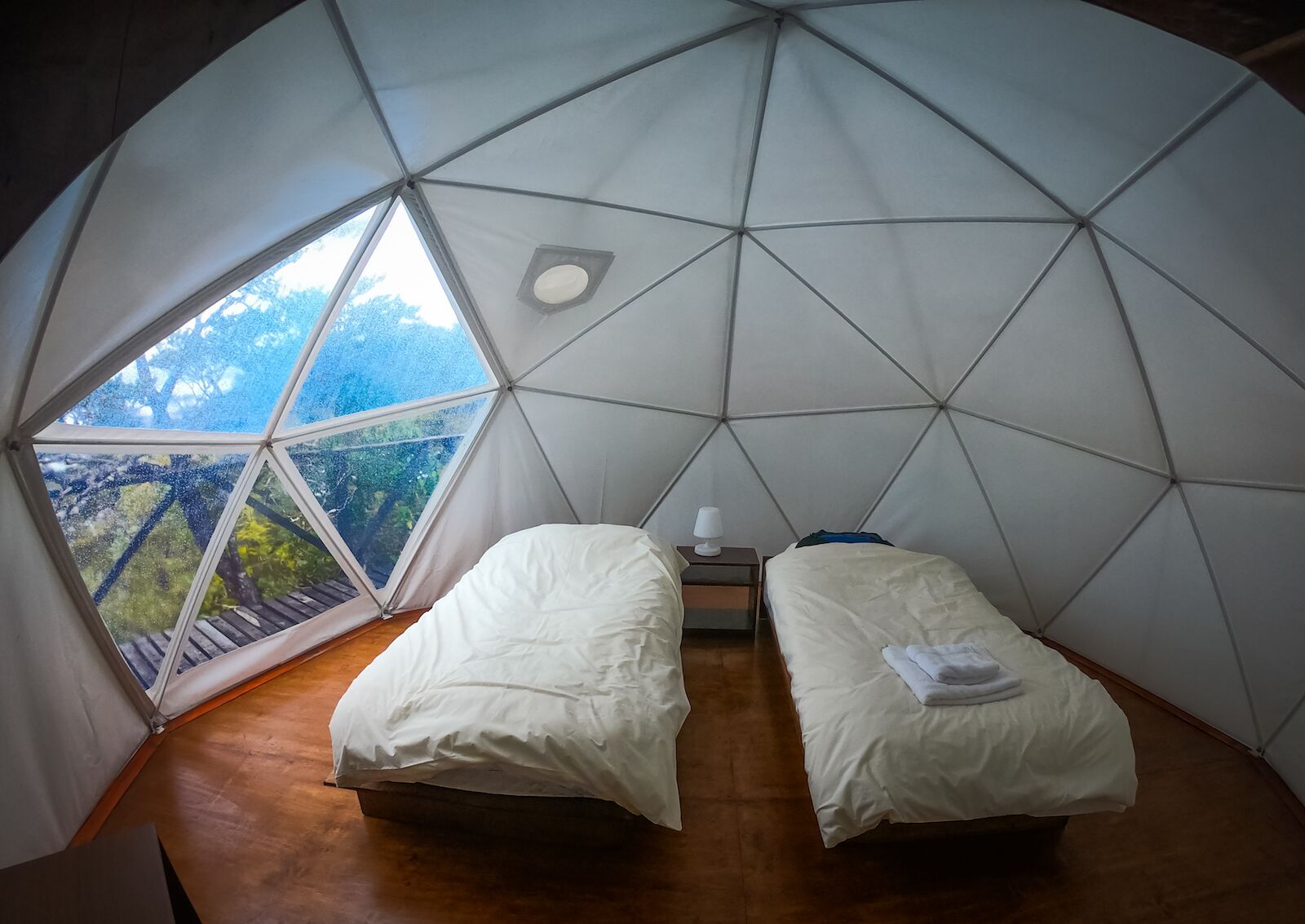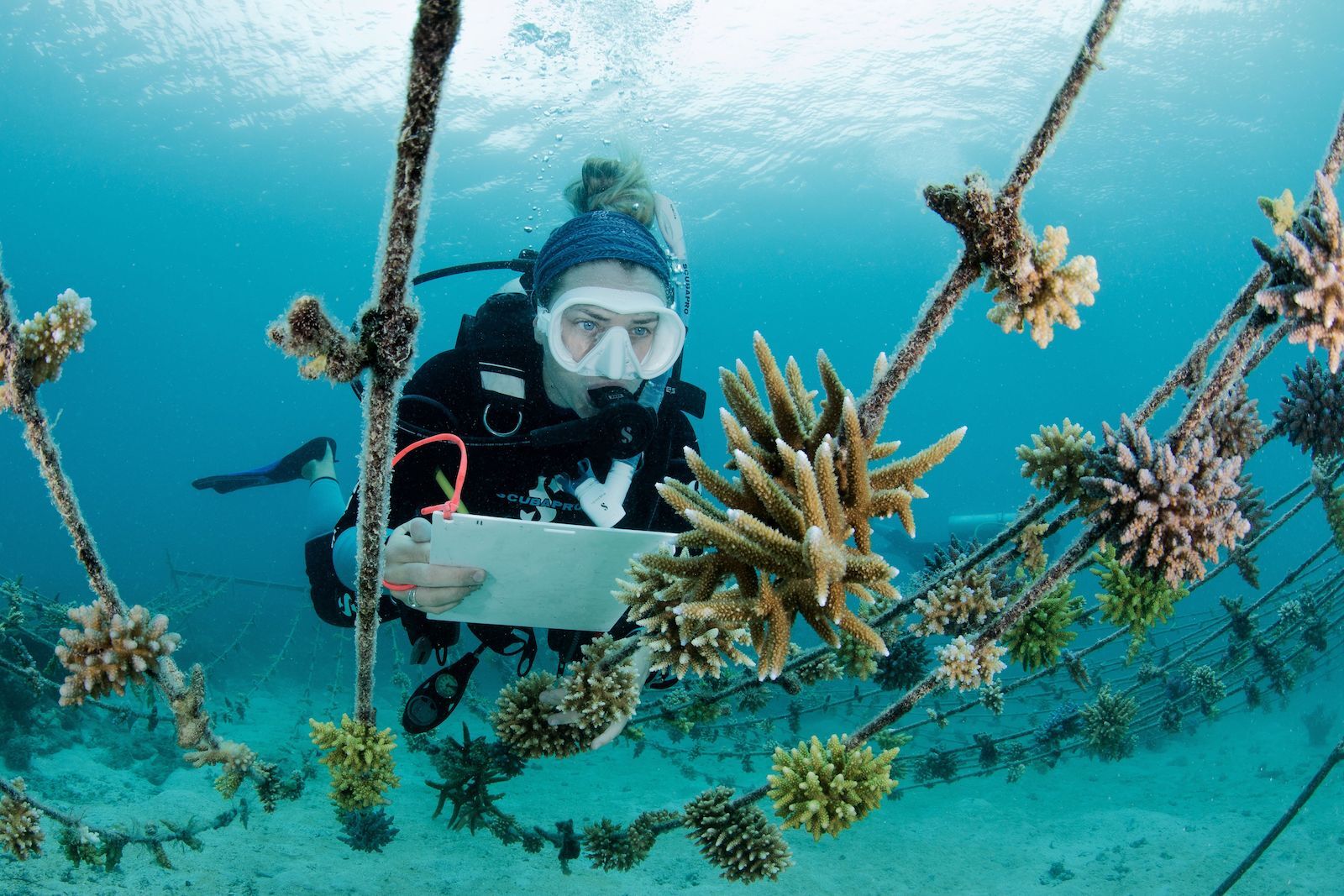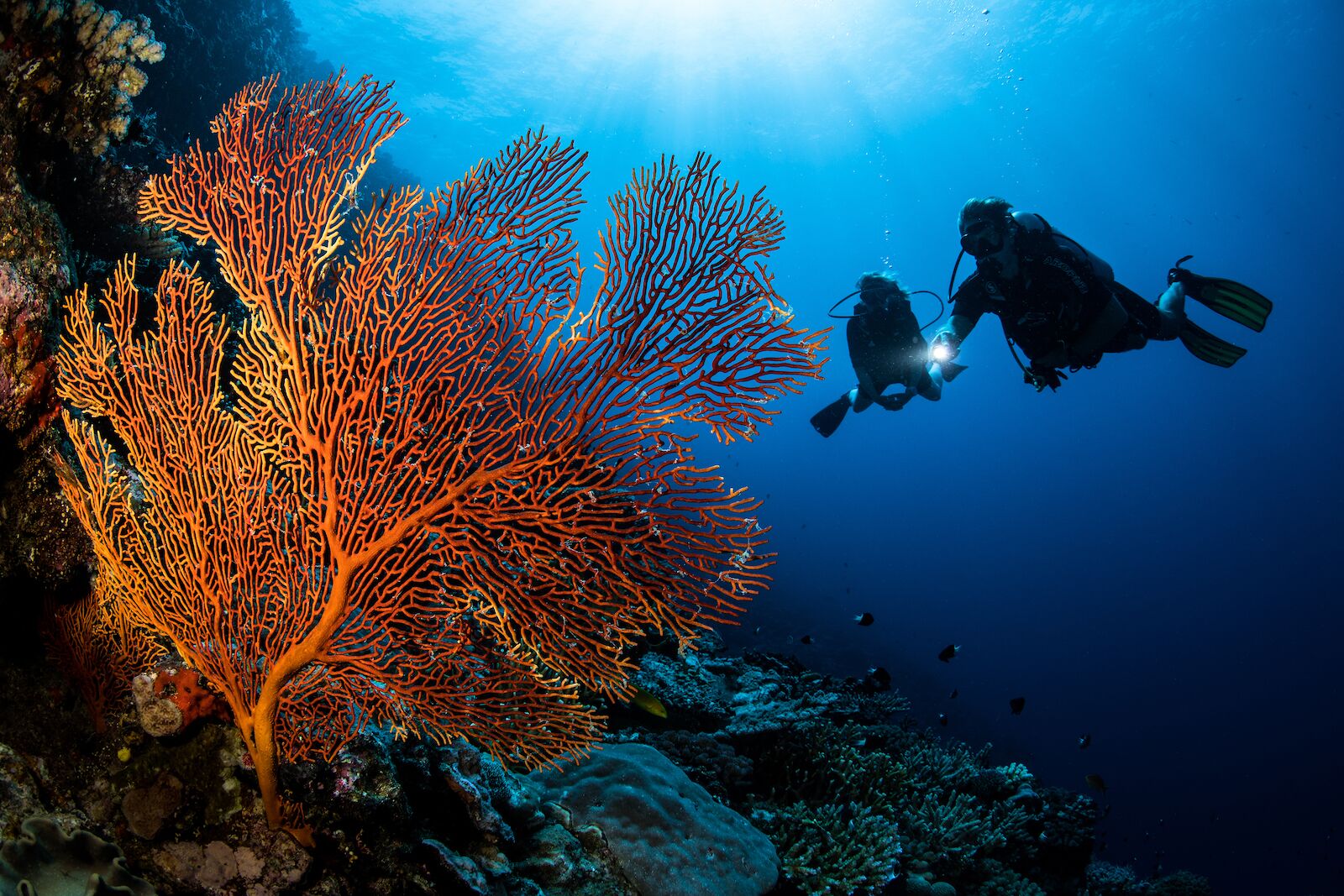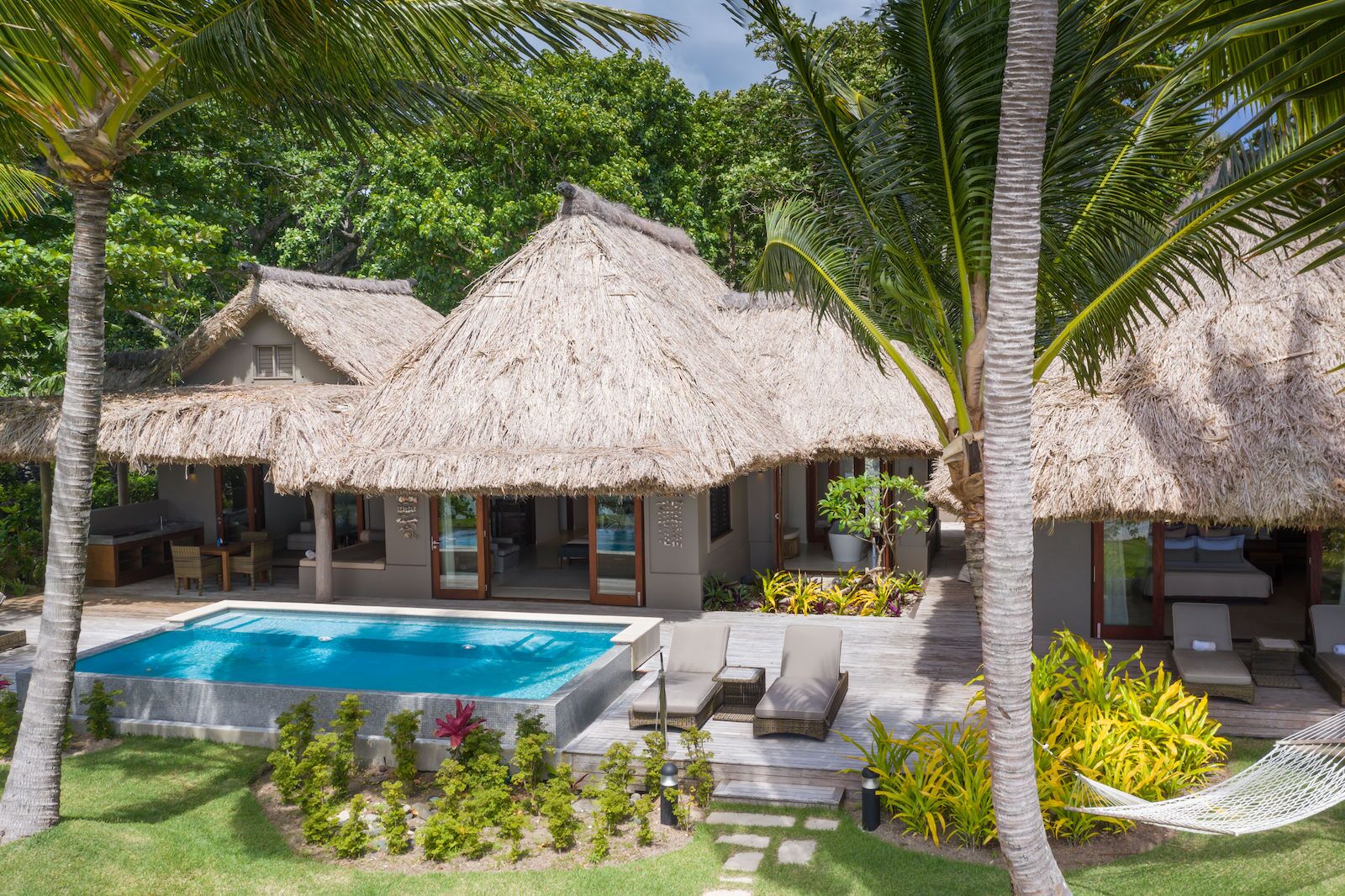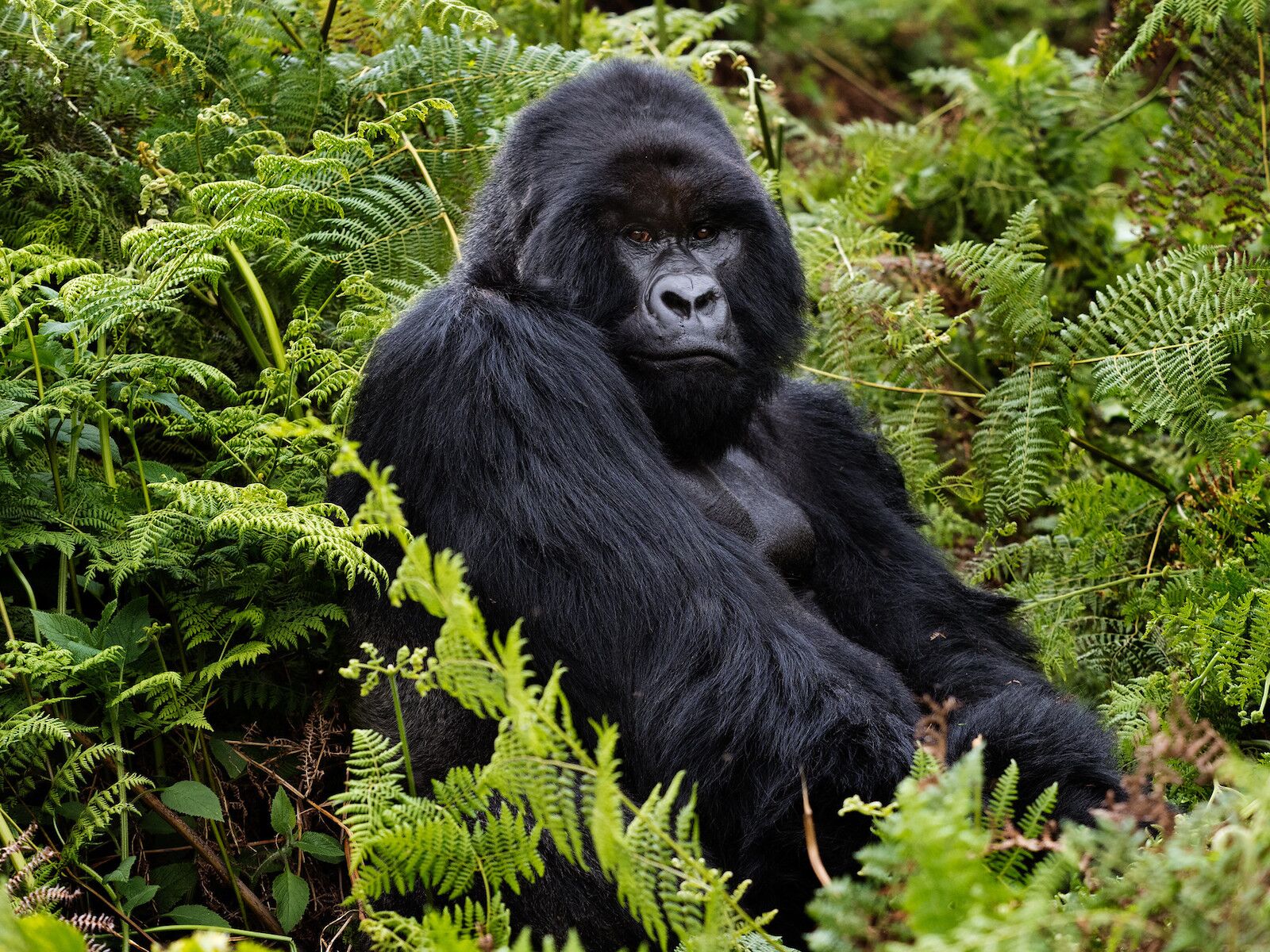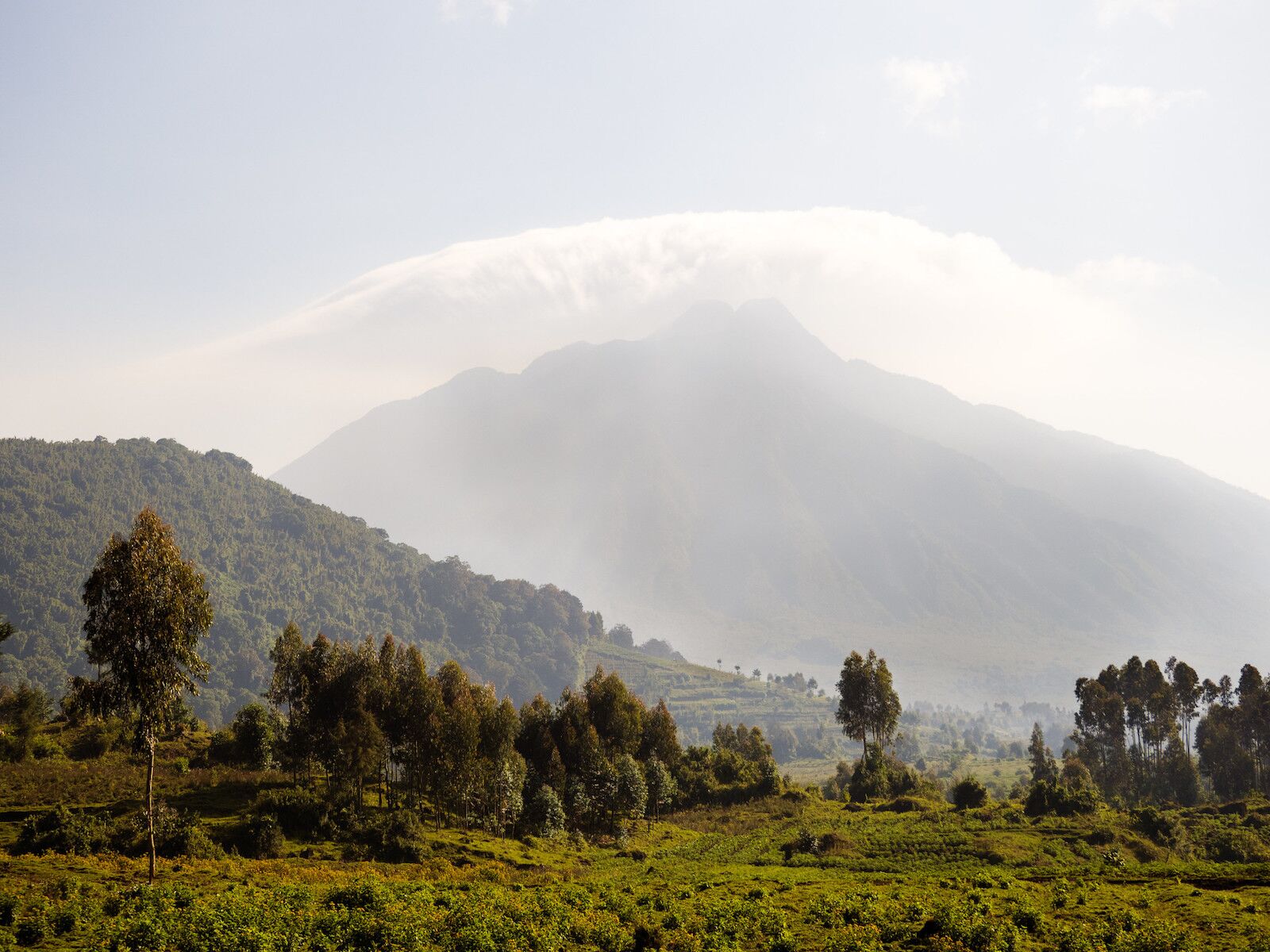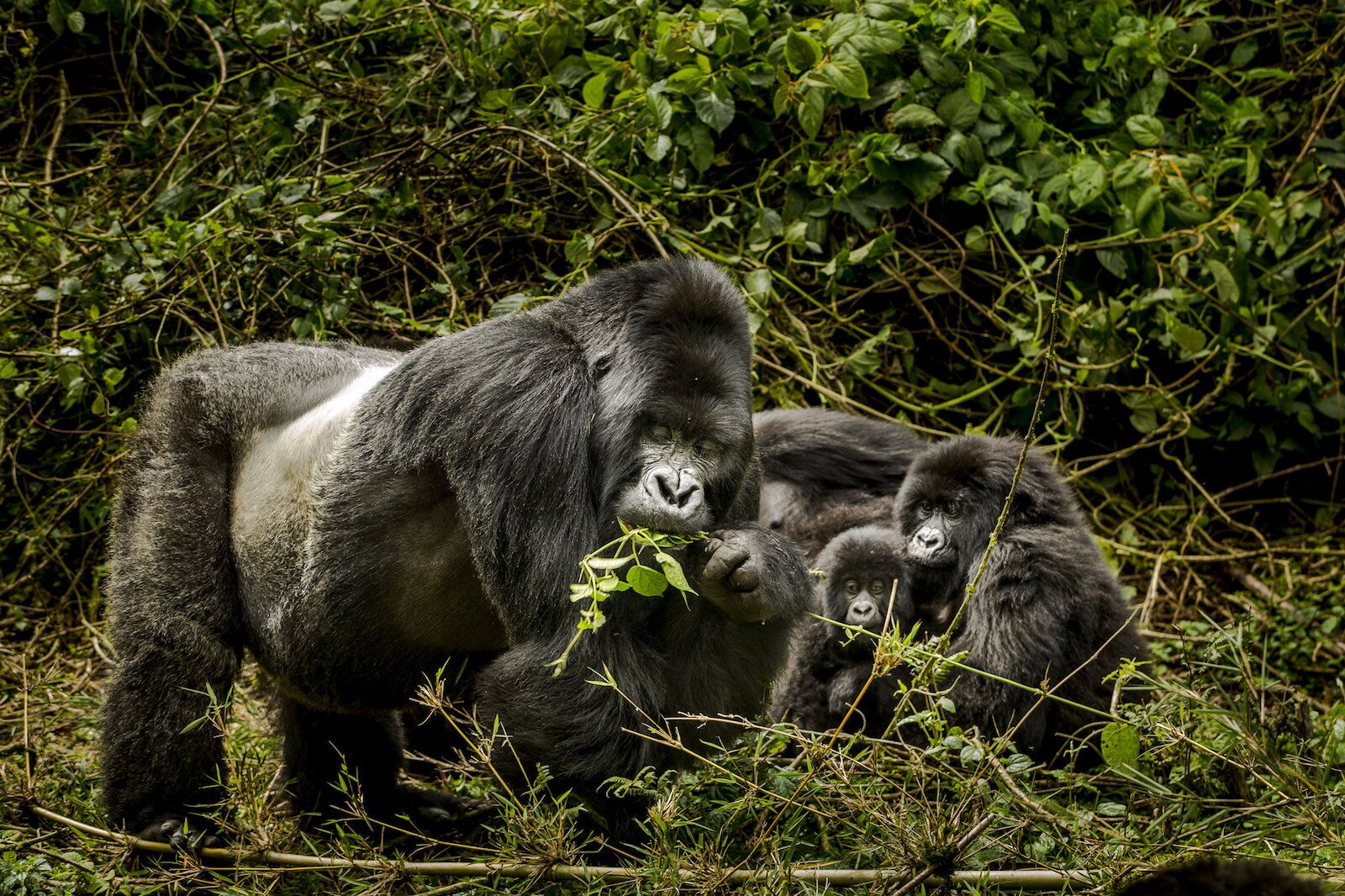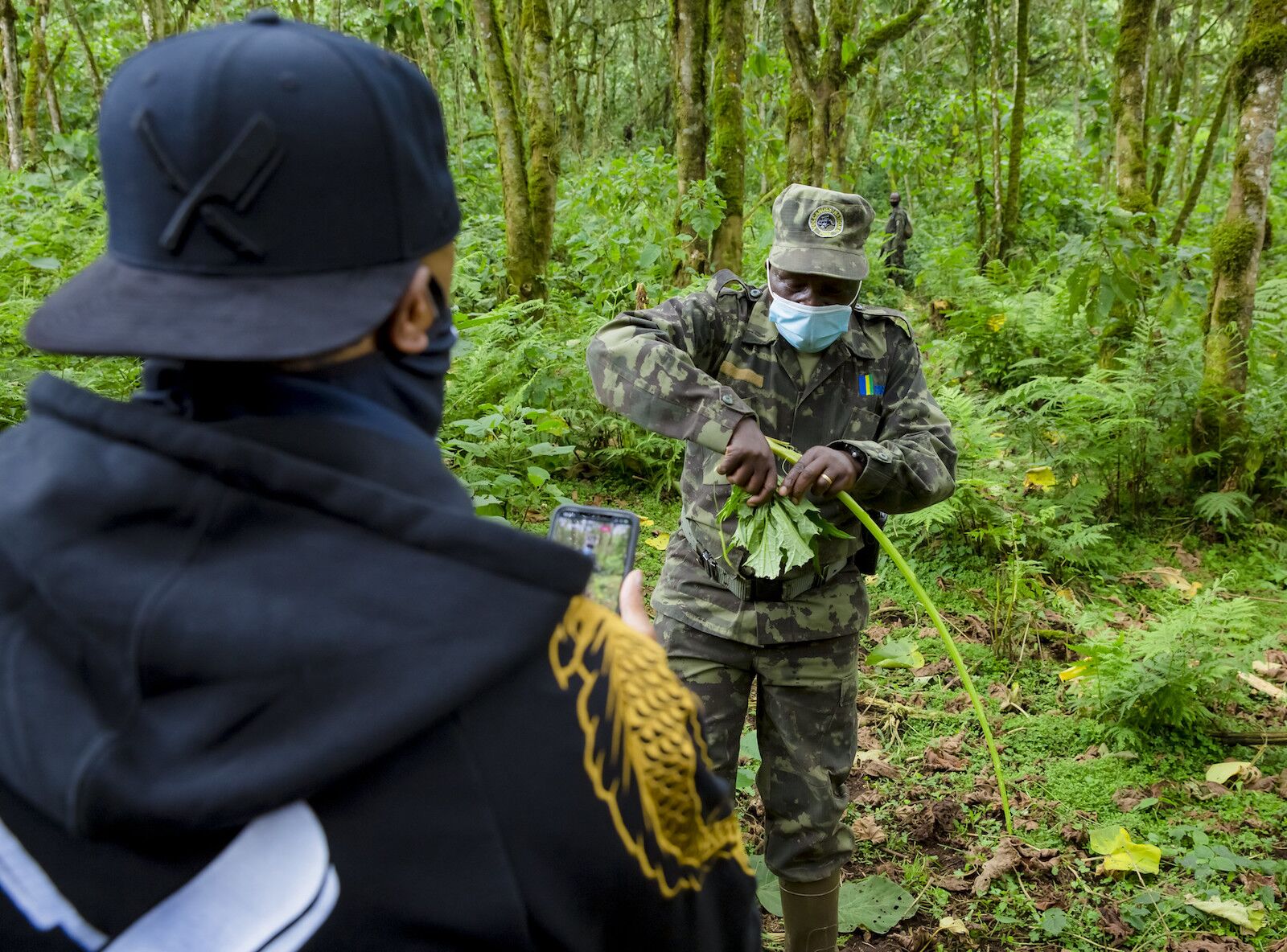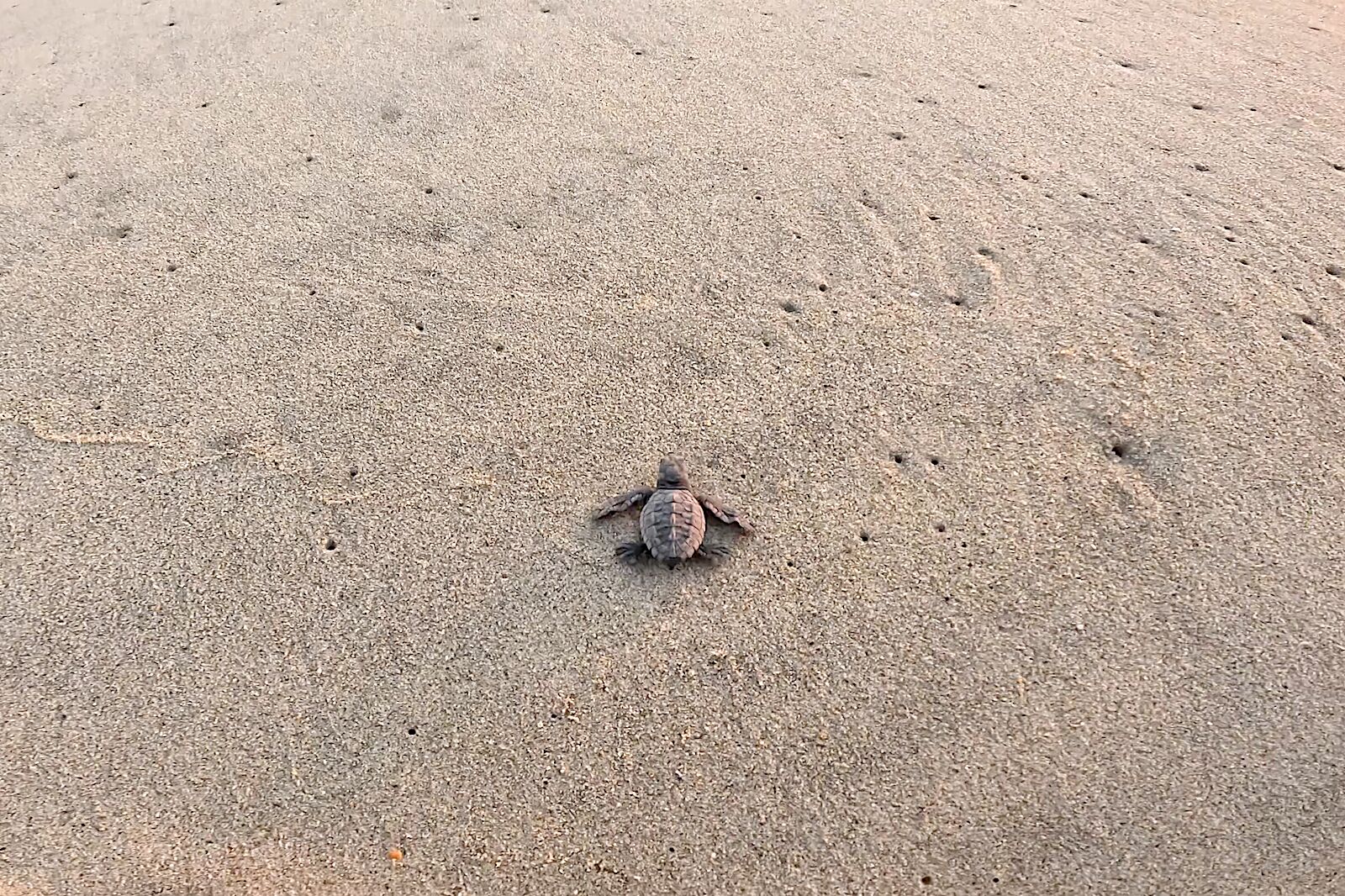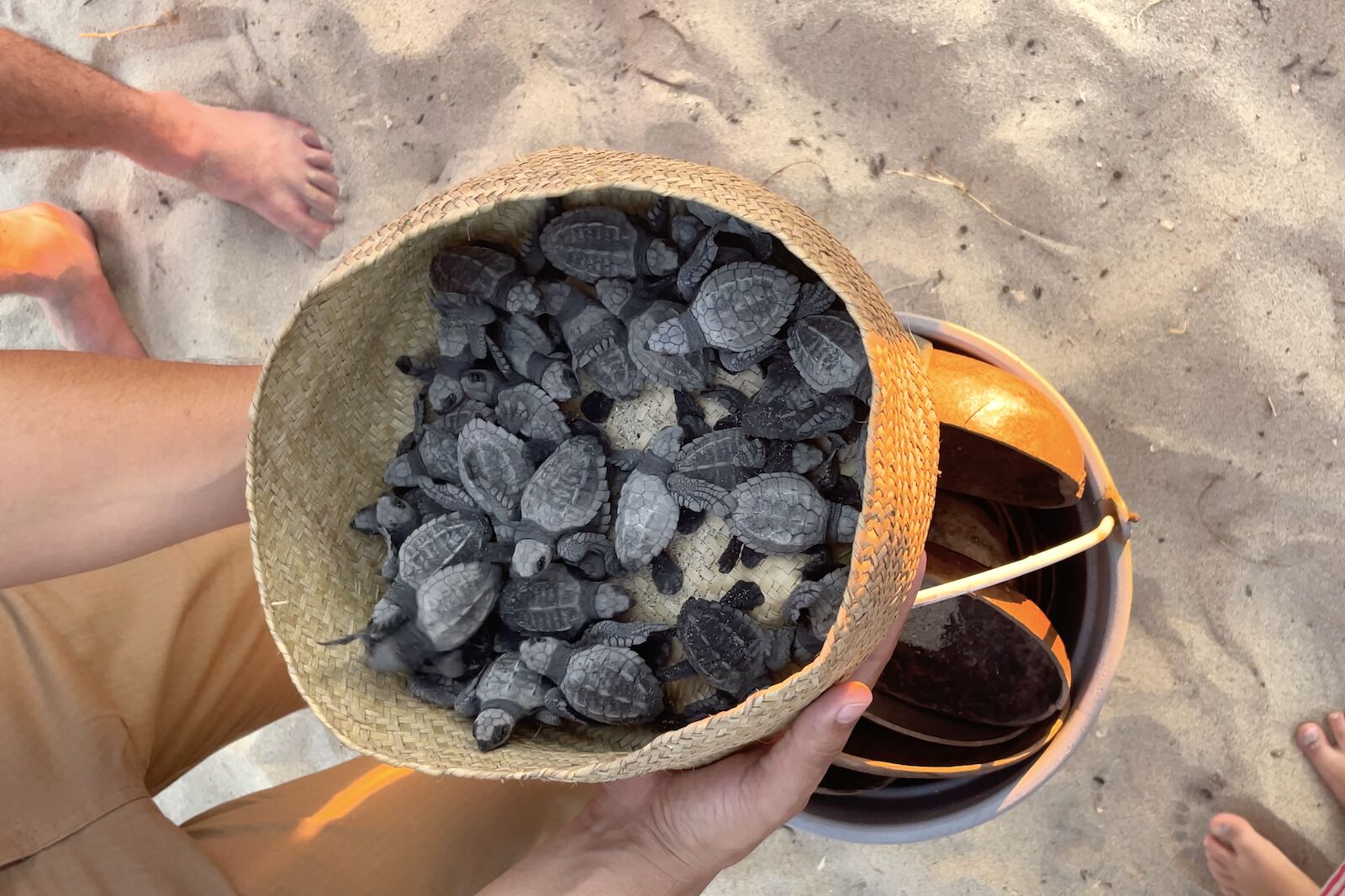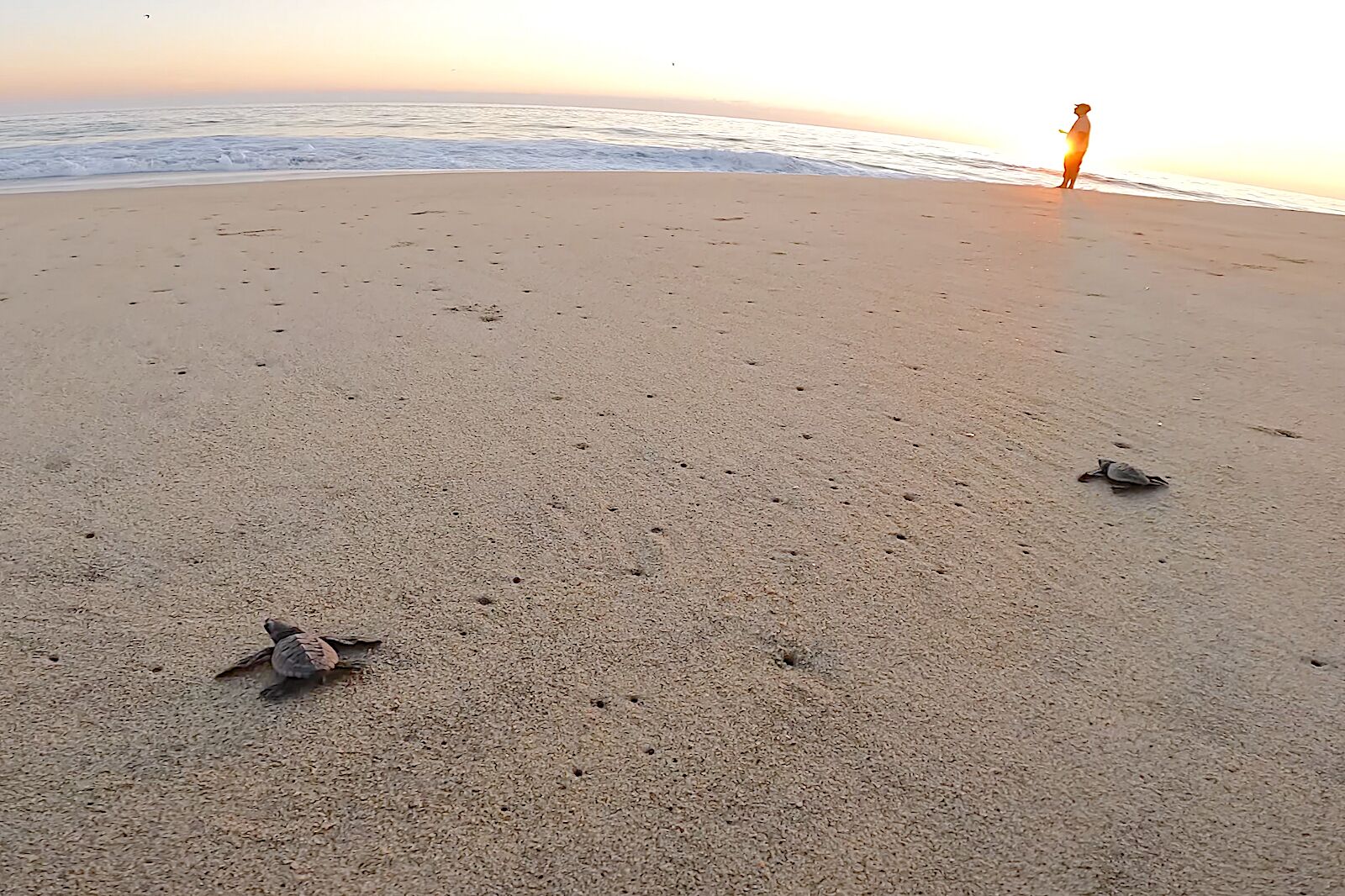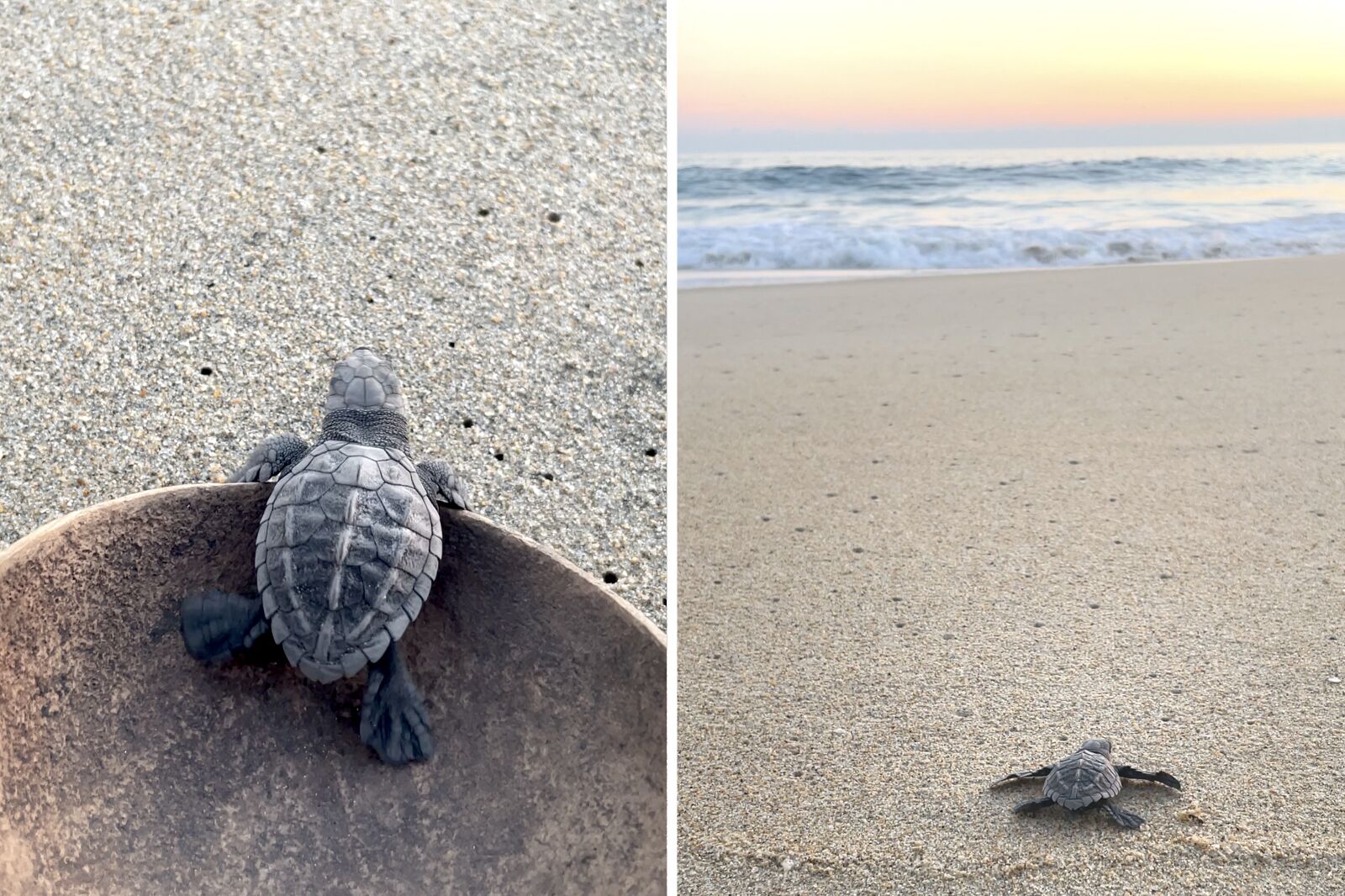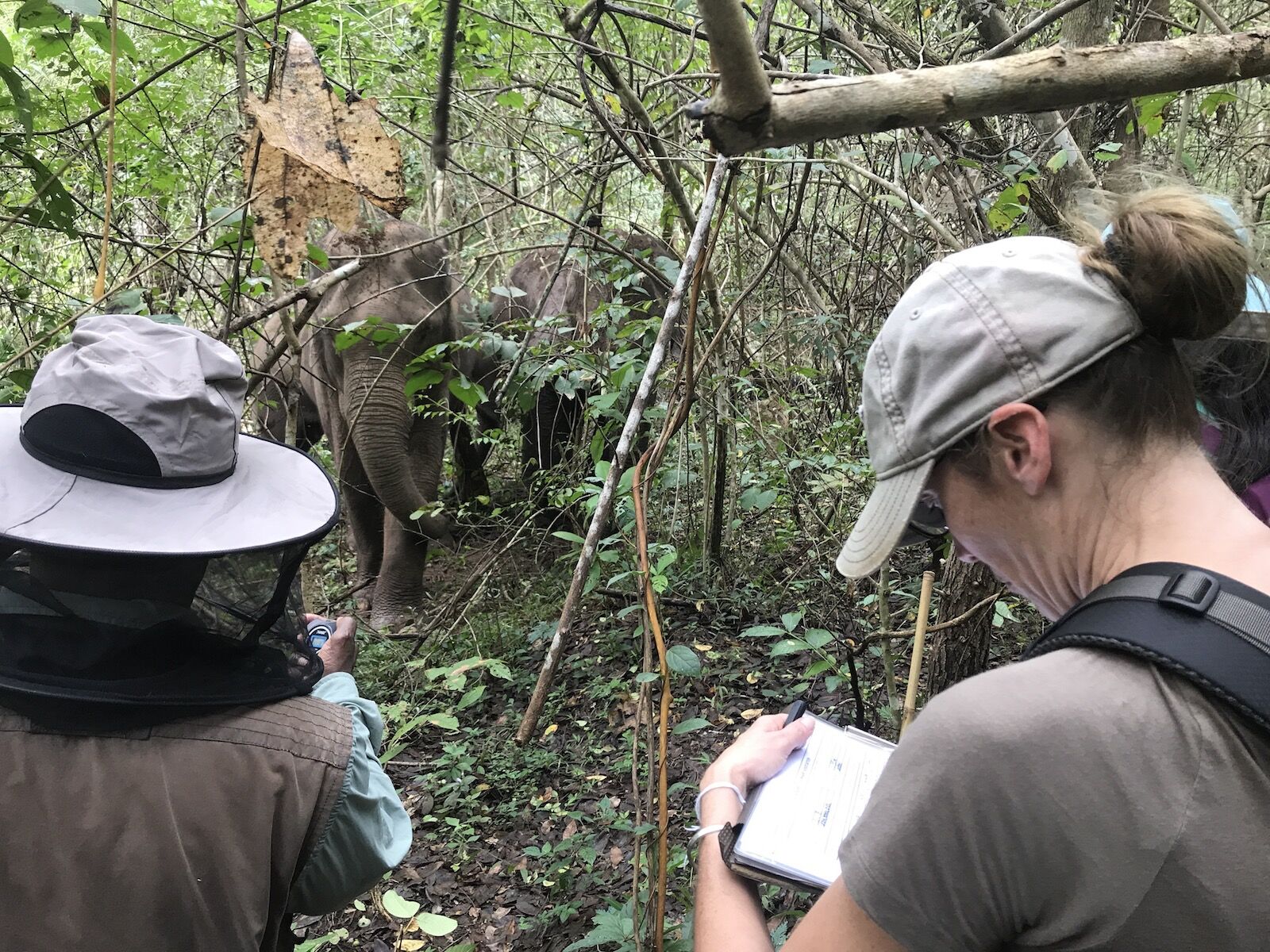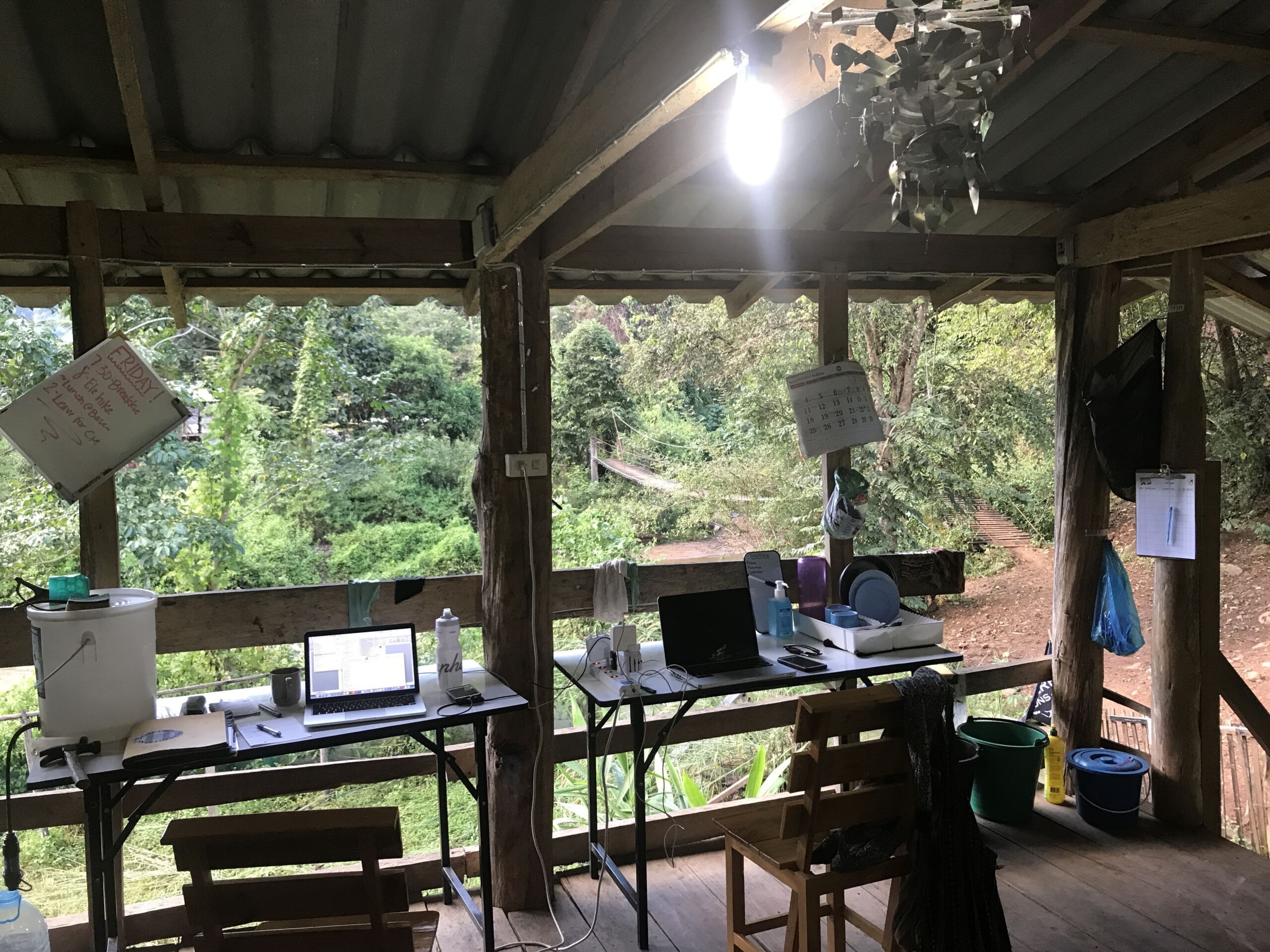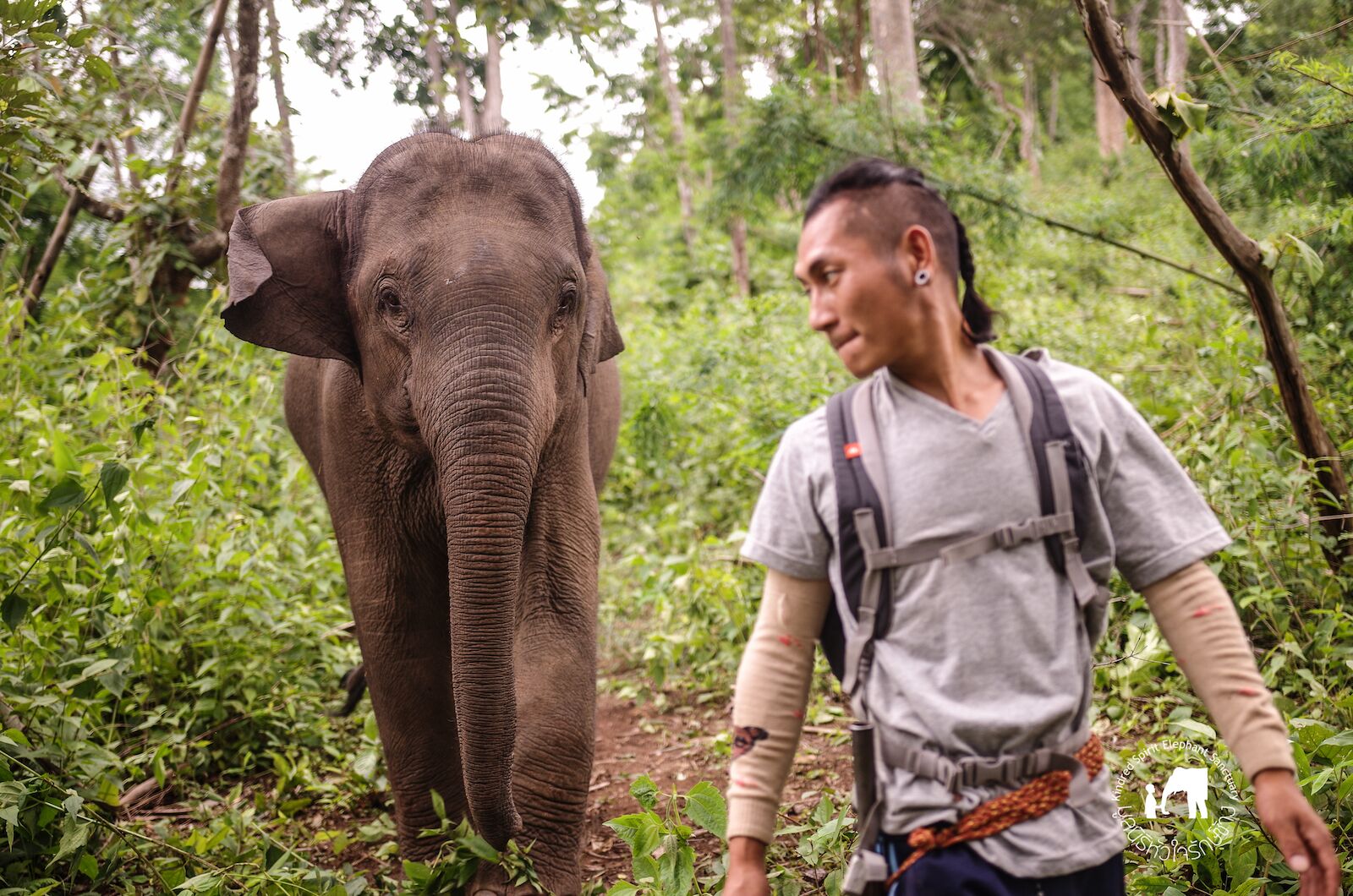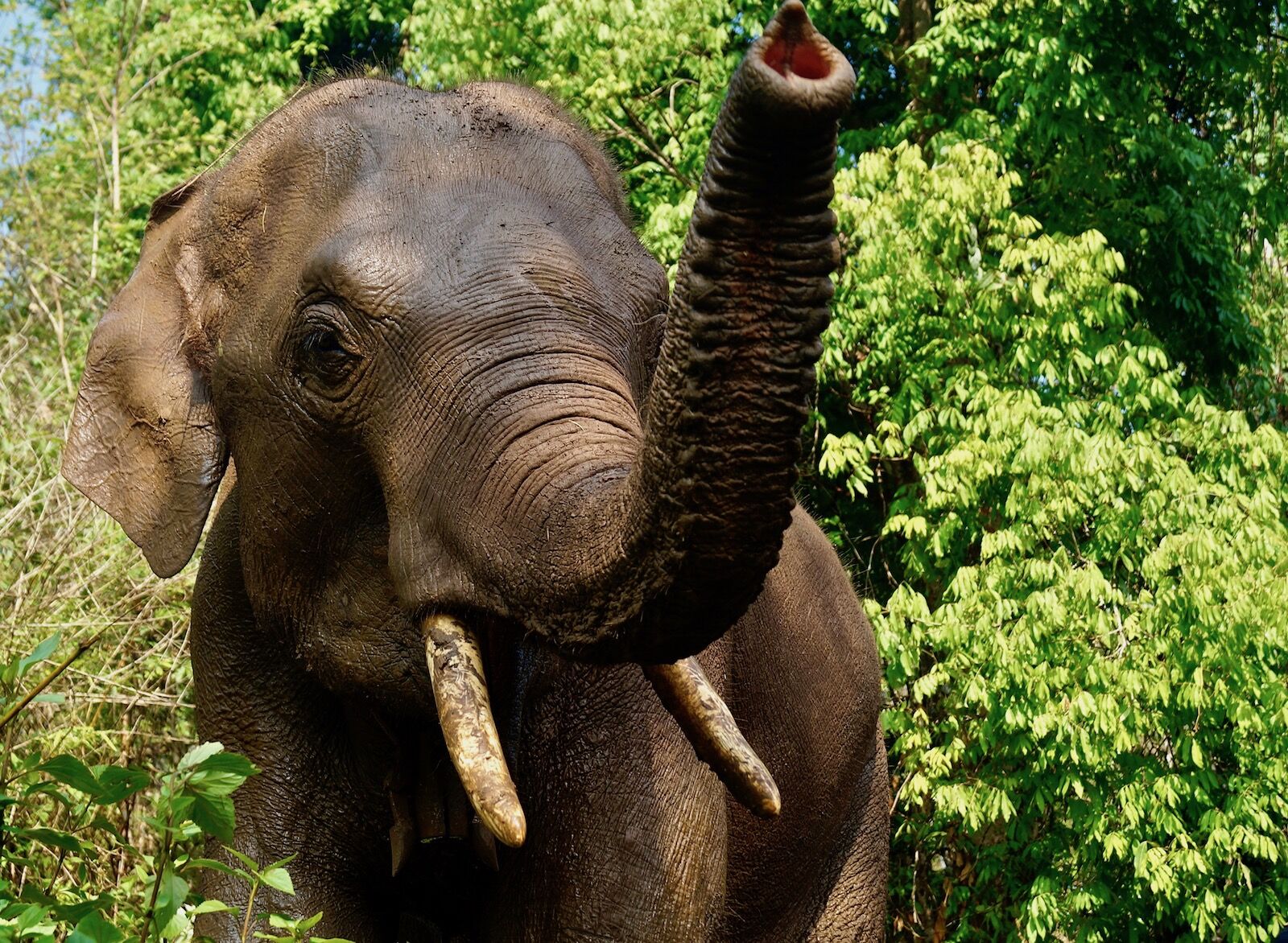It’s not hard to find wildlife experiences around the world — but unfortunately, many involve prioritizing human enjoyment over animal welfare. From chances to ride on the backs of trained dolphins to animal “sanctuaries” that force animals to perform for tourists, it seems like most wildlife tourism is hurting, not helping, wildlife.
But that’s not the case with these five wildlife tourism experiences that welcome tourists for one single purpose: to further fund their conservation efforts. In honor of World Wildlife Day, consider booking one of these wildlife tourism trips that actually help wildlife. You won’t find any opportunities for staged photos at the destinations below (a few candids though, probably), but you will find a genuine opportunity to make a difference with your tourism dollars.
The wildlife tourism activities below range from half-day activities that cost only $10 to stays at a private island resort where you’ll fill your days with ocean conservation and wildlife volunteering.
